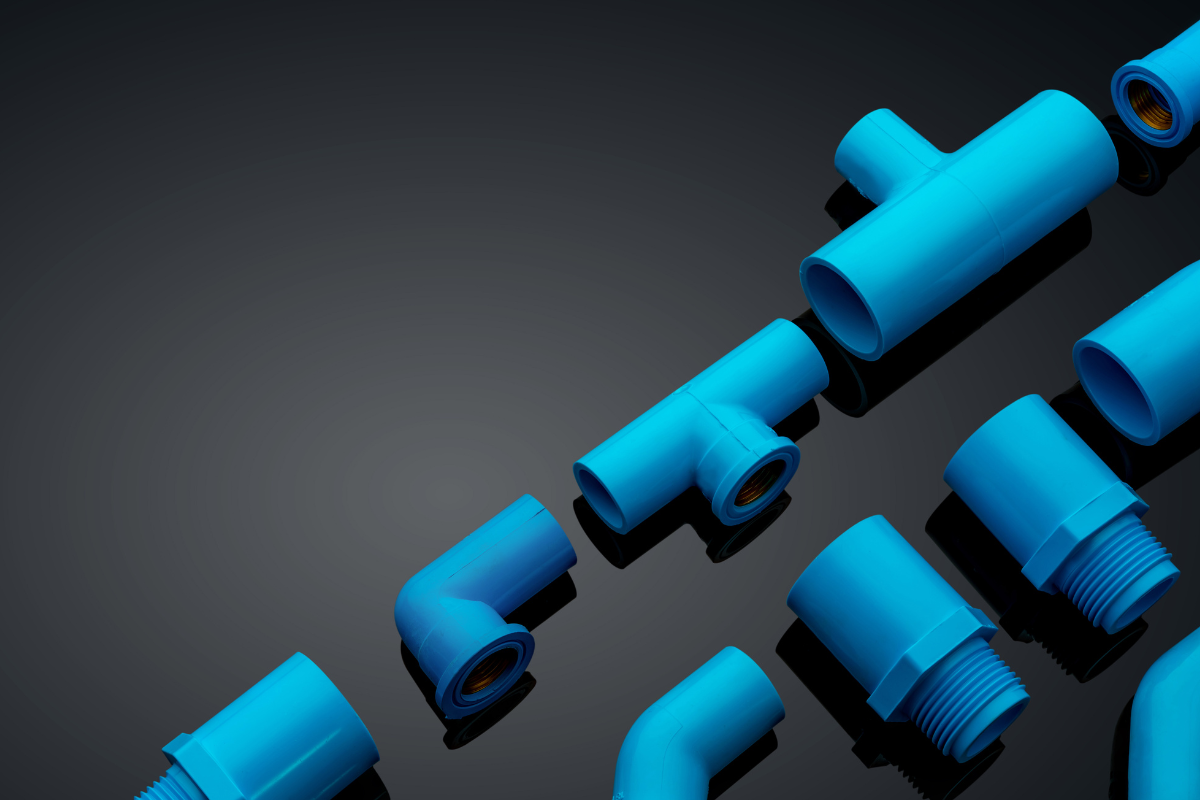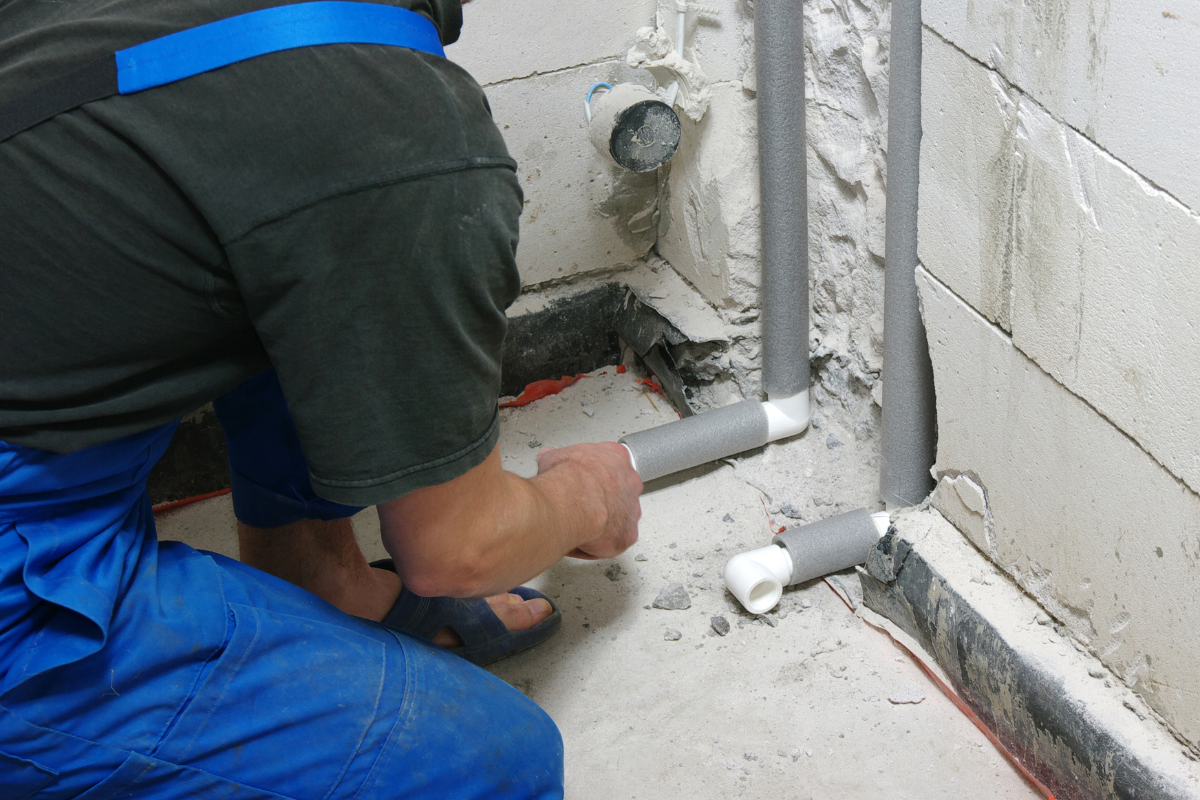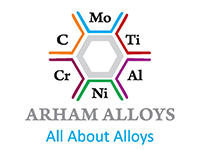In the oil and gas industry, reliability is everything. From exploration to refining and transportation, every component of the infrastructure must meet the highest standards of strength, corrosion resistance, and durability. One such critical component is the stainless steel pipe — a lifeline in oil and gas applications.
Choosing the best stainless steel pipes for your project can significantly impact system efficiency, safety, and long-term performance. This guide will walk you through what to consider when selecting stainless steel pipes for oil & gas operations.
Why Stainless Steel Pipes Are Preferred in Oil & Gas
Stainless steel is a favored material in the oil and gas industry because it:
- Withstands high pressure and temperature
- Resists corrosion from harsh chemicals and saline environments
- Offers strength and durability under extreme operating conditions
- Has a long service life, reducing downtime and maintenance costs
Key Factors to Consider While Choosing Stainless Steel Pipes
1. Select the Right Grade of Stainless Steel
The grade you choose must match your operational needs.
- 304 Stainless Steel: Good for general corrosion resistance but not suitable for highly corrosive environments.
- 316/316L Stainless Steel: Excellent for marine and chloride-rich environments. Most commonly used in offshore oil rigs and refineries.
- 317/317L Stainless Steel: Offers higher resistance to chemical attack compared to 316.
- Duplex Stainless Steel (e.g., 2205, 2507): Superior strength and corrosion resistance, especially suitable for high-pressure systems.
Tip: For subsea pipelines or sour service (H₂S presence), consider duplex or super duplex stainless steels.
2. Corrosion Resistance and Environmental Factors
The pipe must resist:
- Chloride stress corrosion (especially in coastal or subsea environments)
- Sulphide stress cracking
- High CO₂ concentrations
Choosing corrosion-resistant materials is vital to avoiding failure, leaks, or costly repairs.
3. Pressure and Temperature Ratings
Pipes in oil and gas systems often operate under extreme conditions. Make sure to:
- Evaluate pressure ratings using ASME B31.3 or API standards
- Consider temperature variations, especially for systems that experience thermal cycling
- Check wall thickness and schedule (e.g., SCH 40, 80, 160) to match pressure needs
4. Compliance with Industry Standards
Ensure that your stainless steel pipes meet global industry standards such as:
- ASTM A312/A358 – Seamless and welded austenitic stainless steel pipes
- API 5L – Pipes for the transportation of oil and gas
- NACE MR0175 / ISO 15156 – For use in H₂S-containing environments
- EN/DIN – For European market compliance
5. Seamless vs Welded Pipes
- Seamless Pipes: Ideal for high-pressure environments; no welding seam means reduced risk of failure.
- Welded Pipes: More cost-effective and sufficient for lower pressure operations.
6. Pipe Dimensions and Fittings
Always verify:
- Outer diameter (OD)
- Wall thickness (WT)
- Length
- End types (beveled, threaded, or plain)
Also, ensure compatible fittings and flanges are used to maintain pipeline integrity.
7. Traceability and Certification
Reputable manufacturers offer:
- Mill Test Certificates (MTC)
- Third-party inspection reports
- Heat numbers for traceability
This ensures material authenticity and compliance.
Applications of Stainless Steel Pipes in Oil & Gas
- Subsea pipelines
- Refinery process lines
- Offshore platform piping
- Heat exchangers
- Storage tanks
- Gas distribution pipelines
Why Material Quality Cannot Be Compromised
Oil and gas operations carry environmental, financial, and safety risks. Pipe failure due to poor material can lead to:
- Equipment damage
- Environmental disasters
- Production losses
- Legal liabilities
Investing in high-quality stainless steel pipes is a proactive way to protect assets and lives.
Conclusion: Choose Wisely, Choose Arham Alloys
If you’re looking for the best stainless steel pipe manufacturer and supplier in India, look no further than Arham Alloys.
With a strong reputation for quality, timely delivery, and adherence to international standards, Arham Alloys is a trusted partner for major oil and gas companies. Whether you need seamless or welded pipes, special grades, or custom fittings, their expert team ensures precision, compliance, and durability in every product.
Choose Arham Alloys for stainless steel pipes that perform — even in the most demanding oil and gas environments.
Frequently Asked Questions (FAQs)
1. Which grade of stainless steel is best for oil and gas applications?
316L, 317L, and duplex grades like 2205 or 2507 are commonly used due to their excellent corrosion resistance, strength, and ability to withstand harsh environments typical in oil and gas systems.
2. What’s the difference between seamless and welded stainless steel pipes?
Seamless pipes have no weld seam and are ideal for high-pressure, high-temperature applications. Welded pipes are more cost-effective and suitable for lower pressure uses, though high-quality welding can still deliver strong performance.
3. How do I ensure the stainless steel pipes I purchase are of high quality?
Always request Mill Test Certificates (MTCs), check for compliance with ASTM/API/NACE standards, and ensure the supplier provides traceability for every batch.
4. Can stainless steel pipes be used in sour service applications?
Yes, but only if they meet NACE MR0175 / ISO 15156 standards. Grades like duplex stainless steel are especially recommended for environments containing hydrogen sulfide (H₂S).
5. How important is wall thickness in oil and gas pipelines?
Wall thickness determines the pressure rating of a pipe. Thicker walls (e.g., Schedule 80, 160) are necessary for high-pressure systems and help prevent deformation or bursting under load.
6. Are stainless steel pipes suitable for offshore oil platforms?
Absolutely. Stainless steel’s corrosion resistance, especially in grades like 316L and duplex stainless steel, makes it ideal for marine and offshore applications where chloride-induced corrosion is common.
7. What standards should stainless steel pipes meet for oil & gas use?
Look for pipes that meet:
- ASTM A312 / A358
- API 5L
- NACE MR0175
- ASME B31.3
- EN/DIN for European specifications
8. How can I determine the right pipe size for my project?
Consult with your engineering team to assess flow requirements, pressure, temperature, and application-specific needs. Most suppliers offer sizing charts based on Schedule and Diameter.
9. Do stainless steel pipes require regular maintenance?
Stainless steel pipes are low maintenance, but in oil and gas environments, periodic inspections for corrosion or scaling are essential to ensure system integrity and safety.
10. Who is the best stainless steel pipe manufacturer and supplier in India for oil & gas?
Arham Alloys is one of the leading stainless steel pipe manufacturers and suppliers in India. They provide high-quality, standard-compliant pipes suitable for demanding oil and gas applications, with a strong focus on reliability and customer support.








